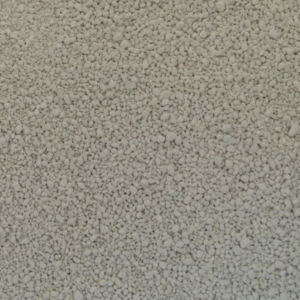Description
What Is Anionic Polyacrylamide?
Anionic Polyacrylamide is a synthetic polymer made from acrylamide and acrylate monomers. Its structure contains negatively charged functional groups that react with positively charged contaminants, promoting rapid sedimentation and clarification.
It is typically available in:
-
Powder or granular form for dry applications
-
Emulsion or liquid form for faster solubility and dosing
-
High, medium, or low molecular weight grades depending on application requirements
Physical and Chemical Specifications
| Parameter | Typical Values |
|---|---|
| Appearance | White or off-white powder |
| Molecular Weight | 8 to 25 million Dalton (varies) |
| Ionic Charge Type | Anionic |
| Hydrolysis Degree | 10% – 30% (customizable) |
| Solubility in Water | Fully soluble |
| Bulk Density | 0.6 – 0.8 g/cm³ |
| pH Range of Use | 6 – 10 |
| Shelf Life | 2 years (dry, sealed storage) |
Note: Exact values depend on manufacturer and grade.
Key Applications of Anionic Polyacrylamide
1. Municipal and Industrial Wastewater Treatment
APAM is widely used to remove suspended solids, BOD, and COD from wastewater in treatment plants. It enhances the formation of dense flocs, speeding up settling and reducing sludge volume.
2. Mining and Mineral Processing
In mining operations, APAM assists in ore separation, tailings dewatering, and solid-liquid separation, improving the clarity of effluents and reclaiming water for reuse.
3. Oil and Gas Industry
APAM is used in enhanced oil recovery (EOR), where it acts as a viscosity modifier and improves the sweep efficiency of water flooding processes.
4. Paper and Pulp Industry
It improves retention, drainage, and paper strength by binding with pulp fibers and enhancing fines retention during the papermaking process.
5. Textile and Chemical Processing
APAM acts as a thickening and dispersing agent, improving process water recycling and reducing chemical waste discharge.
Advantages of APAM as a Thickener and Flocculant
✅ Excellent flocculation efficiency
✅ Fast sedimentation and clarification
✅ Reduces sludge production and disposal costs
✅ Effective in a wide pH range (6–10)
✅ Low dosage with high performance
✅ Enhances filter and centrifuge efficiency
✅ Environmentally friendly, non-toxic when used correctly
Its strong performance, low usage rate, and economic advantages make APAM a superior choice over traditional inorganic coagulants.
Safety, Handling, and Environmental Considerations
While APAM is non-toxic and environmentally safe in treated dosages, dry powder should be handled carefully to avoid dust inhalation. Wear gloves, masks, and eye protection during handling, and always consult the Material Safety Data Sheet (MSDS) for storage and application guidelines.
Final Thoughts
Anionic Polyacrylamide (APAM) thickener is an indispensable solution for a variety of industrial water treatment and solid-liquid separation challenges. Its high efficiency, wide applicability, and low environmental impact make it a top choice for industries aiming to meet modern water quality and sustainability standards.
From municipal wastewater to mining tailings and oilfield recovery, APAM ensures clarity, compliance, and cost-effectiveness—making it one of the most trusted polymers in industrial water chemistry.


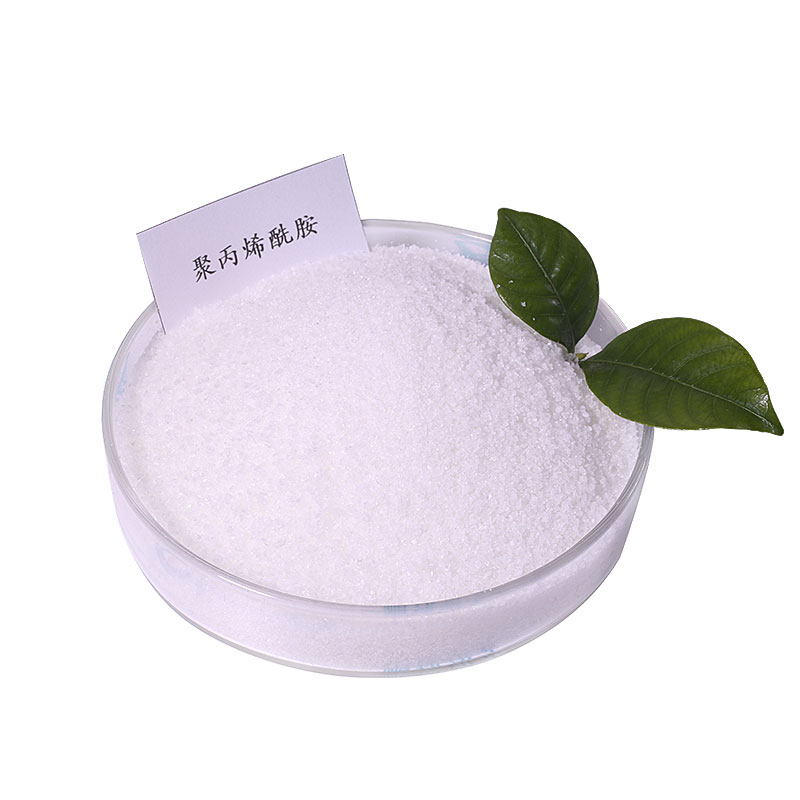
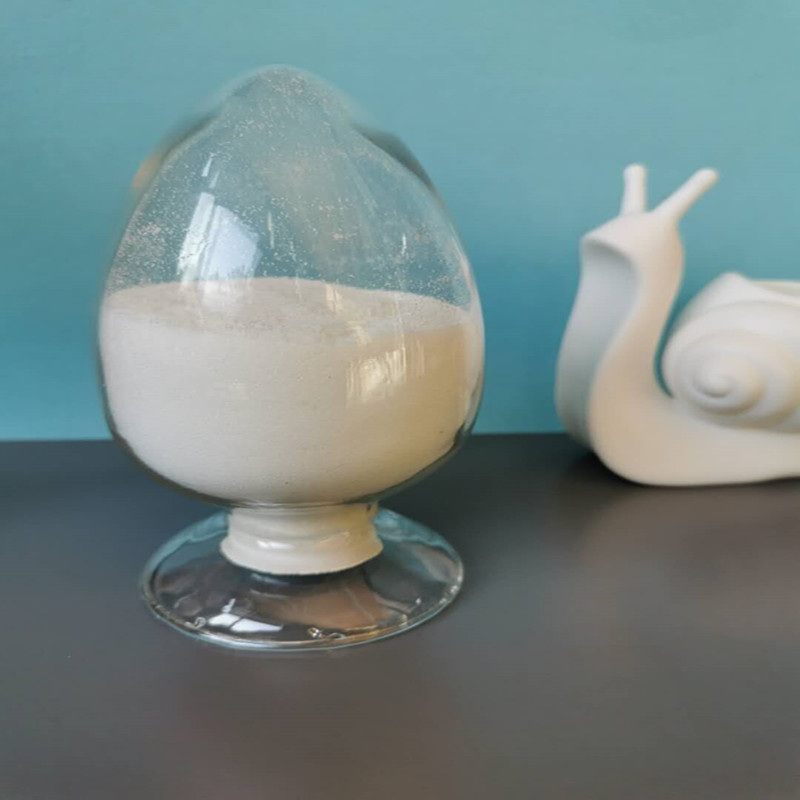
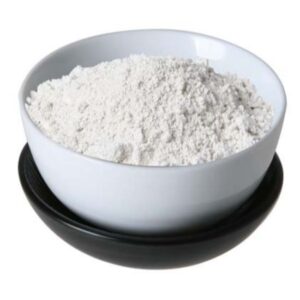
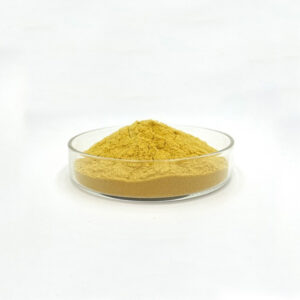
![ferric aluminum sulfate flake 16% [furrous]](https://mjrdchemhome.com/wp-content/uploads/2025/04/camachem_-_ferric_aluminium_sulfate_flakes_2_-300x300.jpg)
